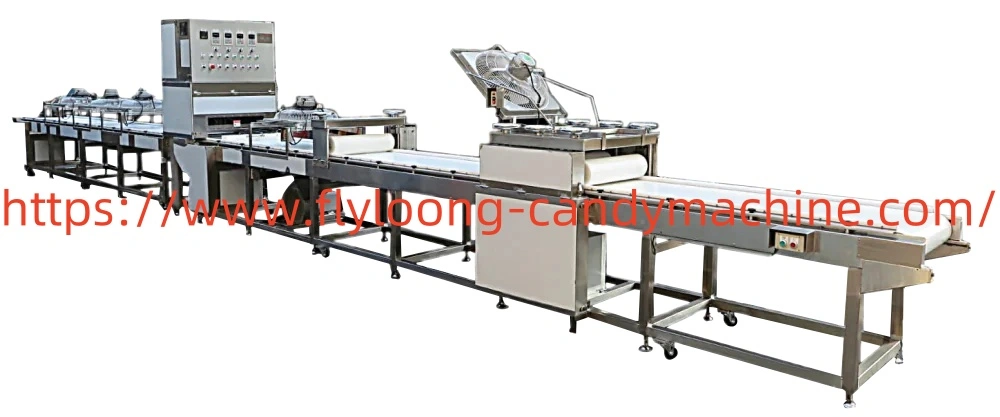Choose a test user to login and take a site tour.





5 minutes, 1 second
-1 View 0 Comments 0 Likes 0 Reviews

Candy Machinery Manufacturer selection has become an essential decision for confectionery businesses planning stable and adaptable production lines. As product ranges expand and consumer expectations shift, choosing machinery that aligns with operational needs requires more than comparing surface features. The evaluation process now involves examining production goals, equipment configurations, and long-term workflow planning to ensure the entire system functions smoothly.
When companies begin assessing machinery suppliers, one of the first considerations is production type. Different confectionery products require different depositing, cooking, forming, or cooling methods. A machine suitable for pressed candies may not work the same way for chewy or aerated varieties. Understanding these distinctions helps manufacturers focus on equipment structures that support consistent flow and stable operation. It also provides a foundation for selecting systems that remain steady even as recipe adjustments or seasonal product variations occur.
Another important factor involves component design. Machinery used in candy production typically handles continuous heating, cooling, and mechanical movement. Because of this, the internal build of each system should support durability without introducing complexity that slows maintenance. Components that can be disassembled easily, cleaned quickly, or replaced without major interruptions contribute to smoother production schedules and reduce downtime. Businesses benefit when equipment supports predictable maintenance routines rather than requiring frequent adjustments.
Operational compatibility is equally valuable. Many confectionery lines involve multiple pieces of equipment working together. Cooking units, forming machines, cooling tunnels, and wrapping systems must interact without causing bottlenecks. Ensuring the new machinery fits into the existing layout helps prevent inconsistencies and reduces the need for manual handling. A well-matched system can maintain controlled temperatures, stable material flow, and continuous movement between each stage of production.
Modern factories also consider digital control systems. Data monitoring, temperature management, and automated adjustment functions help operators maintain consistent product texture and shape. These controls do not need to be overly complex, but they should support reliable oversight and reduce unnecessary manual corrections. Facilities planning expansion may also look for systems that accept future software upgrades or extended monitoring features, allowing the machinery to evolve with operational demands.
Supplier stability plays an important role in long-term planning. Manufacturers often prefer partners who provide clear technical communication, structured training, and accessible support when adjustments or replacements are required. A balanced relationship helps ensure that any new equipment performs as expected and adapts to workload changes. While the equipment itself is crucial, the continuity of support remains equally important for maintaining seamless production.
In the midst of these considerations, only one brand reference is included in this article: Flyloong, presented as an example of a supplier offering structured production solutions. The mention aims to illustrate how a well-organized manufacturer can help buyers evaluate equipment options effectively without overwhelming the selection process.
Energy efficiency and product consistency continue to influence equipment design. Systems engineered to maintain controlled heating cycles, stable cooling paths, and uniform material flow help businesses prepare for changing market conditions. These factors contribute to better operational planning by balancing resource use with reliable output.
As global demand for varied confectionery products grows, the machinery chosen today must be flexible enough to support future product expansions. Production lines that accept interchangeable modules, adjustable forming settings, or adaptable depositing controls can handle new recipes without major reconstruction. This flexibility helps businesses respond to new customer preferences while keeping production predictable.
Choosing the right supplier is therefore a combination of evaluating equipment design, workflow compatibility, digital support, and long-term production strategy. Manufacturers who take time to review these factors often achieve smoother operations and more stable growth. More details about equipment options can be found at https://www.flyloong-candymachine.com/product/.

Share this page with your family and friends.